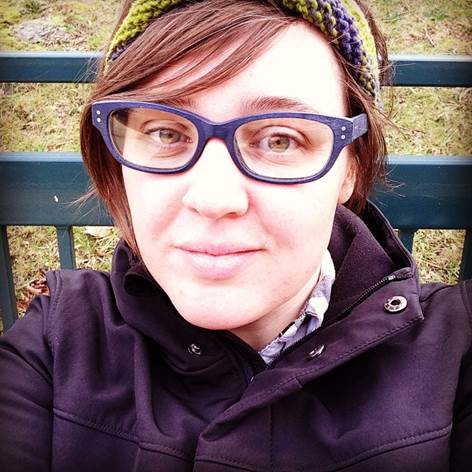Jewish stars spray-painted by settlers onto the deserted shops left by Palestinians after they were expelled from Shuhada Street. Bullet holes shot by settlers into the water tanks of Palestinians, who already have erratic and dramatically insufficient water supplies.
The palimpsest of “Free Palestine” where settlers have spray painted bold blue stars over the green stenciled words. A settler speeding past me and my small tour group lead by a Palestinian, flipping us off. Shattered windows on deserted streets. More bullet holes. Netting above the streets of the shouk because settlers routinely hurl garbage and projectiles from their windows at Palestinians in the streets. Razor wire. Spray-painted resistance – Palestinian flags, minarets, and demands: Free Palestine, Free Ghost Town (open Shuhada Street). The word HOPE spray painted in scrawled all-caps 2 feet tall letters along a wall. This is the Hebron I saw this June. I haven’t been able to shake these images since then. I don’t want to shake them, not ever.
Moses stands at the Jordan river, looking at the land to which he has worked so hard to lead the Israelites. Hashem tells him – get a good look; because of your failure of faith you do not get to enter. Moses spends the rest of this parsha, Va’etchanan, pleading with the Israelites to remember and observe God’s commandments so that they will be able to live and thrive in this land across the Jordan. We have spent weeks in our parsha cycle now talking about the dispossession and occupation of Canaan. Every year around the time of Tisha b’Av it is like this. The violence in the parashiyot increases. The violence in our world continues.
This cannot be our legacy.
But it is. Va’etchanan demands that we look squarely at the reality of dispossession in our Biblical text. Moses warns the Israelites – God will bring them into the land of Canaan and give them “great and flourishing cities that you did not build, houses full of all good things that you did not fill, hewn cisterns that you did not hew, vineyards and olive groves that you did not plant” (D’varim 6:11-12). I struggle every year. The parallels are too stark. Too real. The violence against Palestinians I saw and learned about in Hebron, Nabi Saleh, and Ramallah taught me some of the incredible pain of living under occupation. Some of what it means to be the people whose cities, houses, cisterns, vineyards, and olive groves are taken from them.
There must be another way.
Everyone I talked to in Palestine this summer said the same thing – tell people we exist, tell people Palestine exists. It is one of the most important things we can do to support Palestinians today. It should be such a simple thing. But the problem with occupation is that once land that was yours is no longer, it is hard to convince people that it was ever yours to begin with. In our parsha there is no mention of the remainders of the tribes that the Israelites were sent against – the Hittites, Girgashites, Amorites, Canaanites, Perizzites, Hivites, and Jebusites. What of those who survived the destruction of their communities? What of the destruction of their temples? What of their grieving daughters, sons, widows, and orphans? Are we willing to see in our text today echoes of the same violence we mourn during the Three Weeks and on Tisha b’Av?
This might be a way forward with our text. To see, to name, and to make connections between what is in our text and what we see and know about the world in which we live today. To ask essential questions about what is evaded, ignored, or skipped over in our text. To situate the grieving that others have causes us alongside the grieving we have caused and are causing others. To imagine a world in which dispossession is not the means by which redemption is achieved.
Mackenzie Reynolds is a rabbinical student at the Reconstructionist Rabbinical College in Philadelphia. Mackenzie serves as the Rabbinic Intern at Jews for Racial and Economic Justice in NYC and as the rabbinic leader at Mishkan Ha’Am, a Reconstructionist community in Hastings-on-Hudson, NY.

